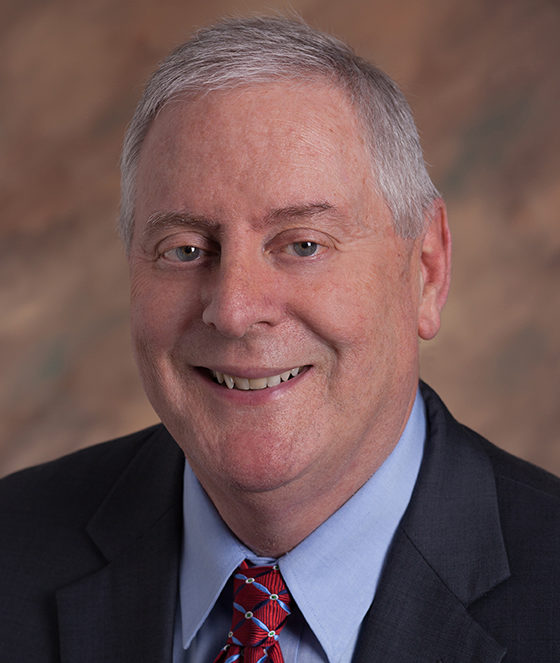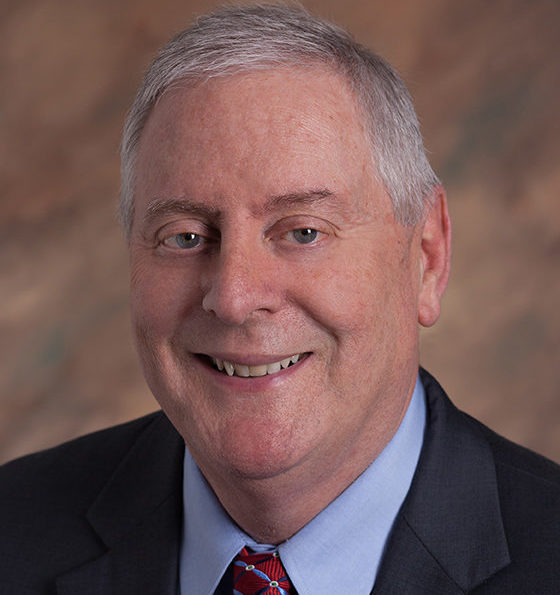For people whose careers revolve around the impact of social determinants of health (SDOH) on medical outcomes, COVID-19 has unfortunately been a familiar narrative.
“This story has been told over and over again. Vulnerable, marginalized, significantly disabled, black and brown, poor communities experience disproportionately poor access to health services and disproportionately poor health outcomes. And certainly COVID-19 has only reinforced that again and in interesting ways,” says Iyah Romm, CEO of CityBlock Health, a start-up focused on improving the health of underserved urban populations.
Since the earliest days of this pandemic, research has backed up this sentiment. Data from the Centers for Disease Control and Prevention (CDC) and other sources confirm that Black, Hispanic and other ethnic groups have higher rates of COVID-19 deaths, hospitalizations and infections than white Americans. In fact, in America, the COVID-19 infection rate is three times higher in predominantly Black counties than in predominantly white counties, according to research.
Other data has showed higher COVID-19 infection and hospitalization rates for the homeless, as well as those who have greater exposure to smoke, rely on public transportation and live in crowded urban communities. For those in rural areas, COVID-19 has exposed issues around food insecurity, chronic diseases, and an aging population that could potentially strain the health system, researchers say.
“What COVID-19 did is it demonstrated how inextricable social and medical needs are from one another. It has showed this link in a dramatic, very acute way. But for people in the safety net, and even people outside of the safety net, we’ve recognized that link over the last 30-40 years and that’s manifested itself in the health disparities we’ve written about. We need to think of COVID-19 as an acute case that broke the camel’s back, where it’s become a lot more obvious to the general population and policymakers,” says Laura Gottlieb, MD, founding director of the Social Interventions Research and Evaluation Network (SIREN), a national research acceleration and translation institute based out of the University of California at San Francisco.
Health Evolution explored what payers, providers and other organizations are doing to tackle COVID-19 related SDOH and what the future may hold. What initiatives are moving the needle and what challenges have they run into?

Allen Karp, Horizon Blue Cross Blue Shield of NJ
A payer finds SDOH initiative more needed than ever
Horizon Blue Cross Blue Shield of New Jersey was in the midst of major SDOH plans before the pandemic hit, says Allen Karp, the health insurer’s Executive Vice President of Healthcare Management and Transformation. The company was planning on scaling its Horizon Neighbors in Health pilot, which initially launched in Newark in conjunction with Robert Wood Johnson Barnabas Health System, across New Jersey in the spring of 2020.
“The COVID-19 crisis has highlighted the need for us to expand Horizon Neighbors in Health to more communities across the state,” Karp says. “We’ve had to rework many of the elements of the program in accordance with new health and safety protocols.”
For example, part of the initial pilot involves community health workers going into the home of the patient to better understand their medical and social needs. Horizon has had to virtualize that experience in the COVID era. “The Coronavirus pandemic didn’t create disparities in health, but it magnified them by major proportions,” he notes.
Amid the pandemic, the Horizon Neighbors in Health initiative took another step forward in June. The insurer announced that with a $25 million investment, its teaming up with the Penn Center for Community Health Works to train community health workers to connect with members susceptible to SDOH vulnerabilities. The company’s goal is to reach and enroll 24,000 at-risk residents in three years.
Horizon uses data tools to analyze medical claims data and identify members with multiple comorbidities who are most likely to need care from a SDOH perspective. The community health workers then engage the members and help them utilize various resources and coordinate care, depending on the patient’s specific issue. Engaging members is a critical factor of success in this SDOH initiative and that’s never been more important than during COVID, where patients need to increasingly rely on mail order prescriptions, telehealth, and behavioral health services.
“What we’ve found is the ability to scale this program is difficult unless you have the right partners and unless you have the analytic capabilities to find the most vulnerable patients. We can’t treat everyone in 70 zip codes. Through analytics, we figure out the needs of members down to a [street] block level not just what social issues they have, but the community services that are offered to them.”
Not forgetting SDOH on the frontlines of the pandemic
On the frontlines of the pandemic, the social and racial disparities issue is front and center for provider organizations dealing with COVID-19. As Janice Nevin, MD, CEO of ChristianaCare based in the Mid-Atlantic region, noted in a recent webcast: “The way that COVID has magnified disparities is extraordinary and I think in a way that we can’t ignore. We have to take action and act differently,” she says.
At ChristianaCare, she says the system received funding from the FCC to deploy technology to people in underserved communities. One thing ChristianaCare learned is they had to equip devices with cellular capabilities because of lack of broadband availability. She says the health systems have to think differently about making connections with underserved communities in the world of COVID-19. Another challenge for health systems is by serving wide range of patient populations across their multistate regions, inequities vary wildly from community to community.











